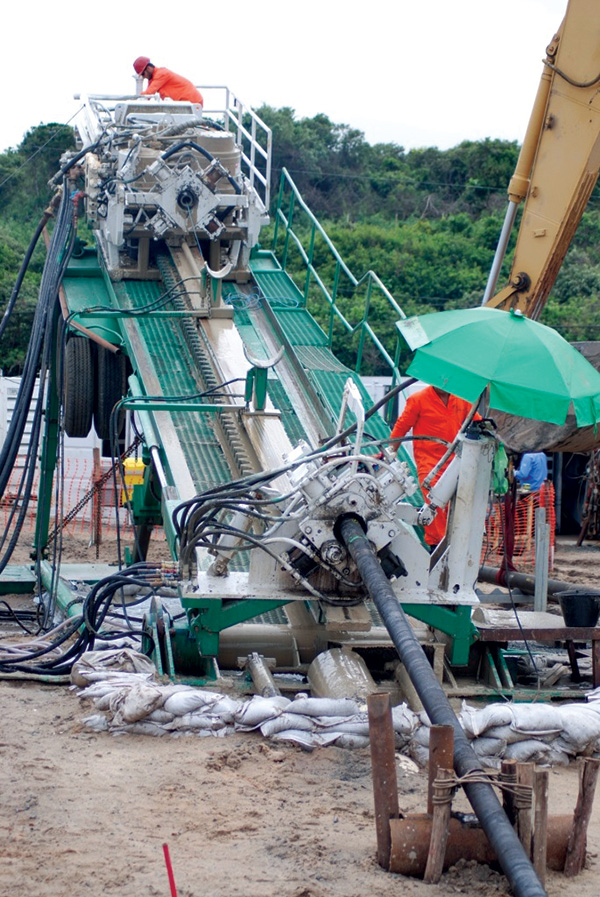March 2020, Vol. 247, No. 3
Features
DNV GL Launches Standard to Improve HDD Use for Pipelines
P&GJ Staff Report
A new standard for site investigation, engineering, planning and execution of pipeline installation through horizontal directional drilling (HDD) has been published by DNV GL, the technical advisor to the oil and gas industry.
The new standard, DNVGL-ST-F121, was created through a joint industry project (JIP) and provides a series of minimum requirements and best practices for all phases, from site investigation, engineering and planning to execution of pipeline installation, to reduce the risk associated to HDD crossings.
“DNV GL brought together a multidisciplinary group of experts, which resulted in a new standard that has established clear parameters, limits and criteria for essential issues related to HDD projects,” said Frank Ketelaars, regional manager, Americas, DNV GL – Oil & Gas. “We are confident that this standard will bring long-term benefits to HDD operations, reducing risk and improving quality.”
HDD is a construction method in the trenchless industry that provides significant improvements over traditional open cut methods for installing pipelines beneath obstructions such as rivers, highways and railroads. These include preservation of the ground surface of the construction site, minimal requirements for site preparation and reinstatement, and secure depth of cover.
The use of HDD installation techniques has grown significantly over the last decades. The 21st annual Underground Construction magazine HDD survey estimated in 2019 that contractors expected HDD to be applied to nearly half (47%) of their projects. However, HDD crossings are complex in nature and always challenging.
It is common to face problems during execution with significant impact on cost and schedule. The best way to overcome this is to ensure a proper investigation, engineering, planning and execution of all drilling-related activities.
ionally, there are currently no methods for in situ repair of damaged pipelines installed by HDD, which makes it even more important to ensure the quality of pipeline design, construction and installation.
The earlier potential risks and problems are identified in an HDD project, the better the delivery of the project.
All these challenges led to a JIP to consolidate the knowledge and experience of HDD. Operators, EPC companies and drilling contractors were brought together for the first time, addressing not only the borehole stability and the drilling activities perspective but also the aspects related to the pipeline integrity.






Comments